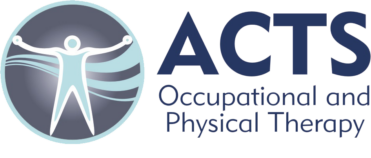Blood Flow Restriction
What is Blood Flow Restriction?
Blood flow restriction is the use of a tourniquet at patients individualized pressures to restrict arterial/venous flow to proximal limbs.
Restricting or occluding blood flow of an extremity to create a metabolic environment similar to that of high intensity exercise.
What are the benefits of Blood Flow Restriction?
BFR allows the patient to train at only 20% of 1 rep max, yet giving similar benefits as high intensity training at 70% of 1 RPM:
- Hypertrophic effects, usually only seen when training at or above 70% of 1 rep max
- Improved strength, usually only seen when training at or above 70% of 1 rep max
- Increased HGH, mTOR, and IGF-1 release. Each of these are important hormones or signal molecules that promote tissue growth in muscles and tendons. This may benefit post-op patients or anyone looking to improve strength or improve recovery time
- Improving V02 max, or improved aerobic capacity
- Angiogenesis, the formation of new blood capillaries, which may improve recovery time for post-op patients or wound care patients
When should Blood Flow Restriction be utilized?
Prevention of atrophy in bed-bound patients or patients with AROM restrictions
Improving LE strength and muscle circumference in deconditioned or elderly patients when used with walking or lower extremity aerobic exercises
Improving blood flow to an extremity to benefit healing for treatments such as Achilles tendon repair or total knee replacement and may improve recovery time
To allow a patient to perform lower intensity exercises and thereby reduce unnecessary pressure on joints while still receiving the benefits of high intensity training
